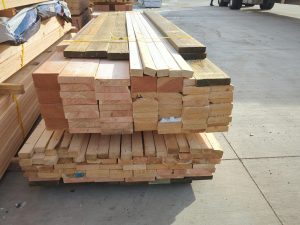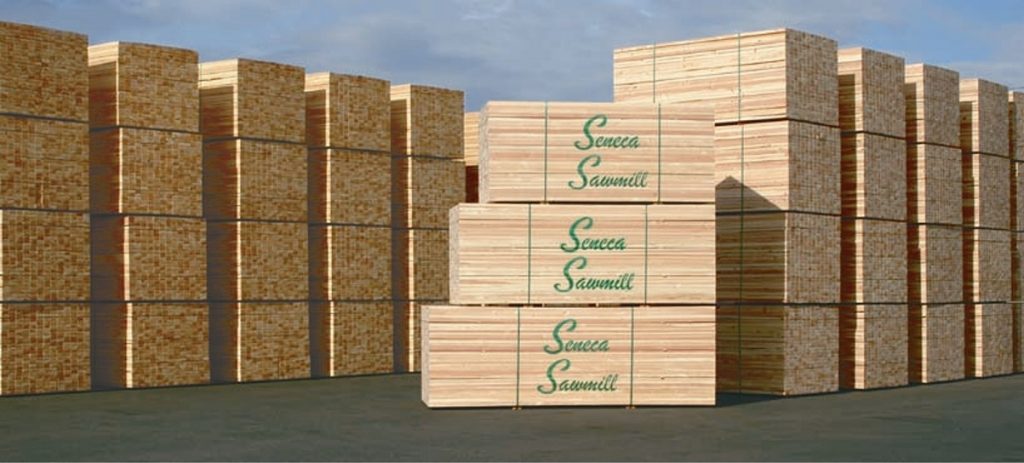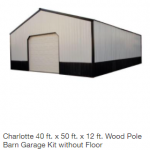Lumber grades take into account natural characteristics, including knots, splits, checks, shake, and wane. Lumber design values are assigned to lumber grades to provide a means for using this material in structural applications. These values are published in Design Values for Wood Construction, a supplement to the National Design Specification® (NDS) for Wood Construction. The six design values are bending (Fb), shear parallel to grain (Fv), compression perpendicular to grain (Fc⊥), compression parallel to grain (Fc), tension parallel to grain (Ft), and modulus of elasticity (E and Emin).
 The current changes in design values affect visually graded lumber only. Specifically, the changes being made to southern pine lumber in 2012 are the result of laboratory testing of the strength properties of visually graded lumber. These changes resulted in a devaluation of the design values for 2×4 southern pine. Because machine graded lumber has strength properties assessed during production, Machine Evaluated Lumber (MEL) and Machine Stress Rated Lumber (MSR) grading automatically adjusts to changes in the internal quality of lumber. Changes to visual grades have no impact on the design values of MSR and MEL because of the way these products are manufactured and tested.
The current changes in design values affect visually graded lumber only. Specifically, the changes being made to southern pine lumber in 2012 are the result of laboratory testing of the strength properties of visually graded lumber. These changes resulted in a devaluation of the design values for 2×4 southern pine. Because machine graded lumber has strength properties assessed during production, Machine Evaluated Lumber (MEL) and Machine Stress Rated Lumber (MSR) grading automatically adjusts to changes in the internal quality of lumber. Changes to visual grades have no impact on the design values of MSR and MEL because of the way these products are manufactured and tested.
Produced since the 1960s, MSR lumber has documented and tested structural design values. In contrast to visual grades, machine graded lumber is produced by measuring physical properties of each piece of lumber in the production line. Manufacturers are required to test samples during each shift and the entire quality assurance process is audited by independent third parties to confirm conformance with published design values. MSR and MEL lumber consistently meet design value requirements even as timber growing practices and environmental conditions change.
Sadly, we’ve had the technology available to reliably test lumber for strength, independent of the variability of the human eye (visual grading) for half a century – and we do not universally use it. Visit the local lumber yard, and ask if they have MSR lumber for sale. Chances are the answer will be a resounding “no”. Pick up a 2×6 at a lumberyard which was “visually graded”, and you have no idea how strong it really is. Did the lumber grader have a bad day? Was he really paying attention on the day he was grading lumber? Does it have a huge defect hidden from the naked eye? Can you depend on it to perform how it you think it should?
Engineers and architects are confident in the strength and performance of MSR and MEL lumber. Designers can rely on machine graded lumber properties, use full-design strength, and avoid overbuilding. MSR and MEL lumber have proven to be cost-effective, quality lumber products for component manufacturers and builders. As the tag line of the MSR Lumber Producers Council says, “We Stress Quality”.
Read more about the MSR Lumber Producers Council at: http://www.msrlumber.org/









